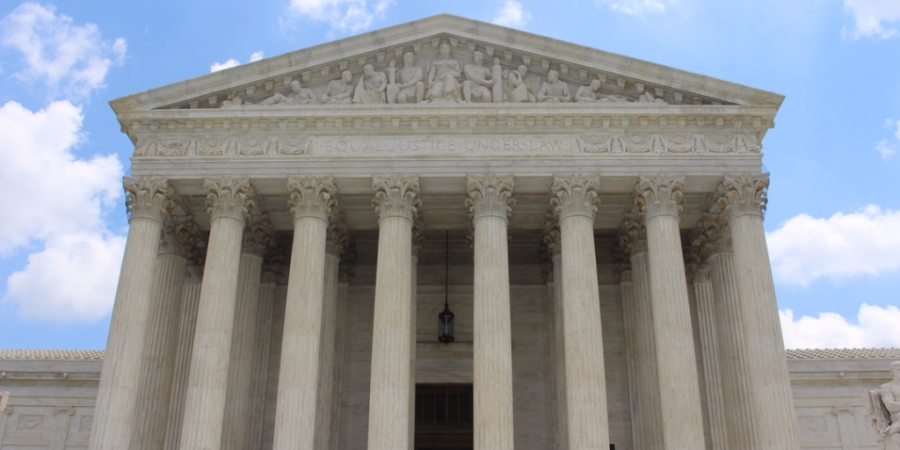In late May of this year, a new cyberattack technique was discovered that delivered malware via the mouse hover feature in PowerPoint files. This technique debuted in a spam campaign that targeted the United Kingdom, Poland, Sweden, and Netherlands.
Category: Security
Almost All WannaCry Victims Were Running Windows 7
Recently, the ransomware attack dubbed “WannaCry” made global news as it spread across more than 150 countries, infecting hundreds of thousands of devices. A few things made this ransomware attack interesting, such as the operating system the majority of the victims were running.
5 Ways To Tell If Your Smart Device Has A Virus
While Androids may be more susceptible to viruses, Apple products are not impervious to attacks. The reality is that any smart device can be infected with a virus and users should take precaution when downloading apps or files. If your device has already been infected, there are a few ways to recognize the intrusion.
Is The Galaxy S8 Facial Recognition Feature Secure?
There is a flaw to the Samsung Galaxy S8 that is worrisome for end-users. After the Galaxy Note 7 battery issue, this latest Samsung offering has a lot to live up to. According to many reviewers it has exceeded expectations for the design and functionality, but not for security.
Why The WannaCry Ransomware Attack Should Serve As A Warning To Healthcare Organizations
In recent years we have been seeing a surge of cyberattacks in all industries, but one specifically is really feeling the heat. Due to the sensitive nature of their work, the healthcare industry is particularly susceptible to cyberattacks like ransomware. Ransomware is a form of malicious software that locks users out of their data and threatens to destroy the data if a ransom is not paid. Cybercriminals can not only make a profit by forcing a provider to pay for important files to be decrypted, but they stand to gain a political or socioeconomic upper hand by tarnishing the reputation of certain health organizations.
How Evgeniy Bogachev Earned His Place On The FBI’s Most Wanted List
Somewhere off the shore of the Black Sea lives Evgeniy Bogachev—the notorious Russian hacker with a $3,000,000 bounty on his head. This man is the most wanted cybercriminal in all history. If he even sets foot outside of Russian territory, the United States will do whatever it takes to grab hold of him. He has been accused of money laundering, conspiring, and racketeering throughout the digital world.
Spyware vs Adware – What’s The Difference?
Before we get into what spyware and adware actually are, let’s first clarify what they are not. Many assume that spyware and adware are a type of virus, this is not the case. A virus is a computer program with the ability to self-replicate. This self-replication is designed to damage your computer in one of two ways: either by continually corrupting or deleting your files; or by multiplying itself until it has filled up your entire disk.
Ransomware Attacks On Healthcare Industry Expected To Increase In 2017
Last year, the healthcare industry saw an immense rise in ransomware attacks. This trend is expected to increase in 2017. Just this month, Erie County Medical Center (ECMC) in Buffalo, N.Y. had a computer virus shut down the hospital’s computer system. According to a local news report on April 16th, the medical center switched to their backup system to avoid paying the hacker’s ransom.
How Training Your Employees To Recognize Business Email Compromise Could Save Your Company
Cybercriminals are becoming extremely skilled at business email compromise (BEC) – sometimes referred to as CEO Fraud – making it crucial that your employees are aware of how to detect and avoid email fraud. BEC by definition is a highly sophisticated scam targeting businesses which work with foreign suppliers or businesses for whom wire transfers are commonplace.
The 2017 Amendment of Tennessee Data Breach Notification Law
This April, Governor Bill Haslam signed into law an amendment to Tennessee’s Encryption Safe Harbor Statue. The encryption safe harbor allows for the nondisclosure of encrypted data incidents, so long as the information was not accessed. The amendment to the statute requires that any organization with a data breach that could potentially expose unencrypted personal information, or where there is access to the encryption key, to submit a notification.











